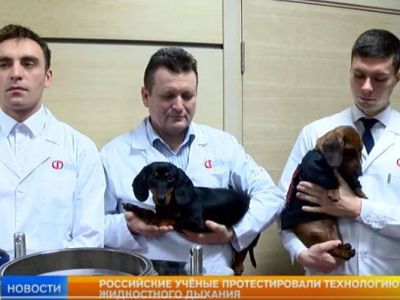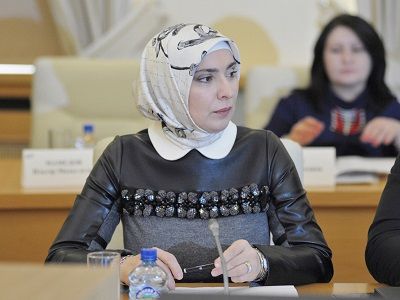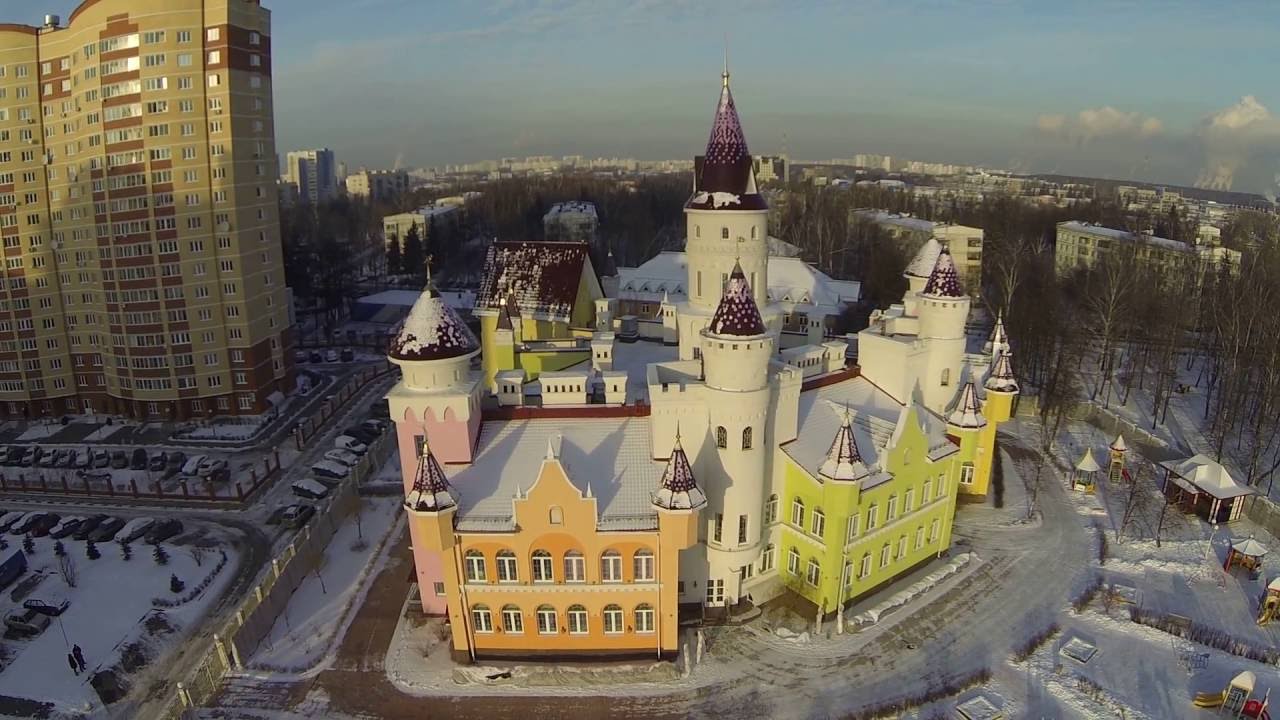Tama juttu ei mene ihan niinkuin "oikeasti" tapahtui, eli Saksa ja NL, ollessaan viela valiloissa, sopivat Suomen paan yli tuotannon jakamisesta 60/40. Mutta mukavasti laittaa asioita aikajanalle:
Finland had negotiated with the Germans since spring 1940 about the production of Kolosjoki nickel mines in Petsamo. On July 1940 Finland made a contract with the German company I.G. Farbenindustrie: 60% of the nickel produced was to be shipped to Germany. The negotiations alarmed the Soviet, which in June claimed for a 75% ownership to the mine and to a nearby power plant together with the right to handle security in the area.
According to German reports, the ore body of Kolosjoki mines had a value of over 1 Billion Reichsmark, and it could fulfil the demand of nickel in the Third Reich for 20 years. Later on, in the end of 1940, the Germans raised their estimate of the Kolosjoki nickel reserves four times larger.
During the period between the Winter War and the German invasion of the Soviet Union in 1941, there were disputes between Finland and the Soviet Union over mining rights in Petsamo. Wiki avuksi:
[Operation Rentier (Reindeer) was a German operation during World War II intended to secure the nickel mines around Petsamo in Finland, against a Soviet attack in the event of a renewed war between Finland and the Soviet Union. The planning for the operation started on 13 August 1940]
- tassa taas yksi historiamme musta aukko: 13/8/40 - 18/2/41
Negotiations with the Soviet had dragged on for six months when the Soviet Foreign Ministry announced January 14 that the negotiations had to be concluded quickly. On the same day, the Soviet Union interrupted grain deliveries to Finland. Soviet ambassador Zotov was recalled home January 18 and Soviet radio broadcasts started attacking Finland. January 21 Soviet Foreign Ministry issued an ultimatum demanding that nickel negotiations be concluded in two days.
When Finnish military intelligence spotted troop movements on the Soviet side of the border, Mannerheim proposed January 23 a partial mobilization, but Ryti and Rangell didn’t accept.
Col. Buschenhagen had reported from northern Norway February 1 that the Soviet Union had collected 500 fishing ships in Murmansk, capable of transporting a division. Hitler ordered troops in Norway to occupy Petsamo (Operation Renntier) immediately if the Soviet Union started attacking Finland.
Mannerheim submitted his letter of resignation February 10 claiming that the continuing appeasement made it impossible to defend the country against an invader. He took his resignation back the next day after discussions with Ryti and after stricter instructions were sent to negotiators: 49% of mining rights to the Soviet Union, the power plant to a separate Finnish company, reservation of the highest management positions for Finns and no further Soviet agitation against Finland. Soviet Union rejected those terms on February 18, thus ending nickel negotiations.
=======
Jotain pienta epatarkkuutta voi olla (ite en huomannut), mutta taman kaverin (Eduard Logo) juttuja kannattaa muutenkin tutkailla:
Recent Posts
12 Historical Inaccuracies in The History Channel’s VIKINGS Series
Timeline of conflict in Anglo-Saxon Britain
The Viking Timeline







